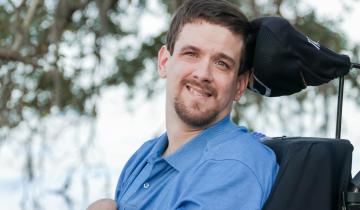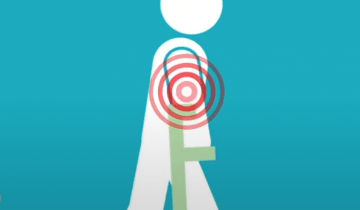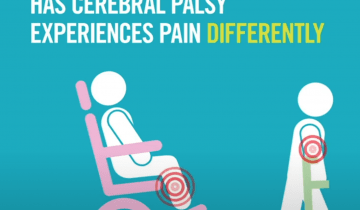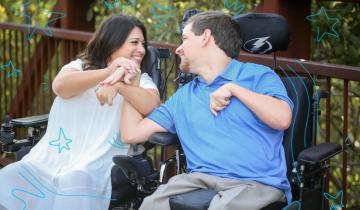CPF Executive Director Rachel Byrne and Dr. Paulo Selber discuss the ins and outs of gait analysis for cerebral palsy.

Transcript for Cerebral Palsy Health Podcast - Makers Making Change with Noam Platt, healthcare architect and 3-D printing guru.
Powered mobility can offer users young and old a level of freedom and independence that may not be achieved through manual wheelchairs or other mobility devices.

CPF Executive Director Rachel Byrne and Dr. Mary Lauren Neel, MD discuss Life after the NICU.

CPF Executive Director Rachel Byrne and Chris Modlesky, PhD discuss exercise, fitness, research, research funding and his current research.

Adults with Cerebral Palsy have unique care needs related to physiological changes that occurred with growth and development with Cerebral Palsy, including mental health, yet experience many barriers to proper care.
Powered mobility has the ability to do so much more than help an individual get from point a to point b. Check out this episode of Cerebral Palsy Health with researcher Lisa Kenyon, PT, DPT, PhD to learn more.

On Thursday, March 24th, 2022, the Cerebral Palsy Foundation hosted the first ever Cerebral Palsy Congressional Briefing with a panel of physicians, patient and self advocates.

CPF Executive Director Rachel Byrne and Mary Gannotti, PhD, PT discuss pain across the lifespan in cerebral palsy.

Early powered mobility has been shown to improve cognition in children with multiple, complex disabilities.
The first Congressional Briefing for Cerebral Palsy happened on March 24th 2022.

Good nutrition is critical for your child's healthy brain development. It's not uncommon for families to struggle getting enough food to eat. If you feel like you haven't had enough food to feed your whole family in the last month, please talk to someone. This is a common problem.

Our educational series continues with this virtual event featuring a multi-disciplinary panel discussion on exercise and physical activity and its impacts on spasticity and function.

Pain in people with cerebral palsy is very common, and probably not evaluated frequently enough.

A lot of people with cerebral palsy will experience pain over the course of their life. Through better assessment we can provide better interventions, which will lead to a better quality of life.

Pain is common in people with cerebral palsy with over 60% of individuals with CP reporting that they experience pain. This section looks at common causes for pain, assessments for identifying pain as well as emerging treatments. Left untreated pain can adversely impact activities, participation, and quality of life.

The Cerebral Palsy Foundation has created a factsheet to help guide you in understanding and treating pain with CP. This fact sheet has been created for individuals with cerebral palsy to provide basic guidance surrounding common causes and potential treatment of pain.

The Winter Paralympics is a great opportunity to learn about the many adaptive recreational and competitive sports for individuals with cerebral palsy.
Growing up with Cerebral Palsy I often wondered if I would ever experience my happily ever after. The fairytales my mom read me always followed the life of a beautiful princess falling in love with a handsome prince. You never read about a prince and princess in wheelchairs or with any type of disability for that matter.

In this new 2022 episode of "Let's Talk CP" host Cynthia Frisina talks with Dr. Tom Novacheck and Dr. Andrew Georgiadis from Gillette Children's about gait, gait analysis, and what makes Gillette Children's such a special place.

Now you can receive a no-cost genetic test for you or your child sent directly to your home.

